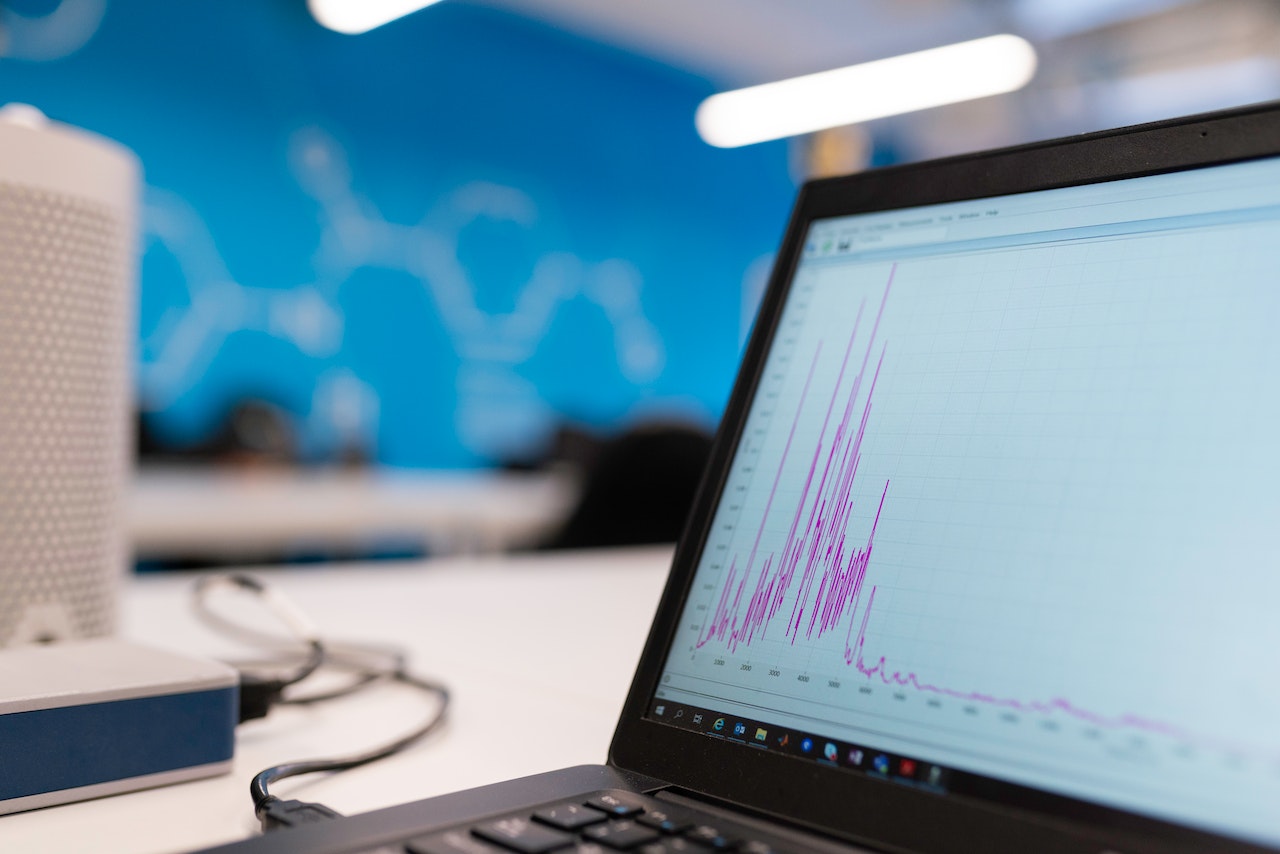Have you ever pondered the driving forces behind a successful Airbnb listing? In the world of digital marketing and business, the saying “data is the new oil” resonates for a reason. Analytics, when harnessed effectively, can be that invaluable resource that steers your Airbnb venture towards success.
Why is understanding Airbnb analytics quintessential for hosts and managers?
Insights into Guest Preferences
Dive deep into your analytics, and you’ll unearth nuggets of knowledge about your guests. Are they primarily business travelers or vacationers? How long do they generally stay? What amenities are they using most? This isn’t just data; it’s a treasure trove of insight waiting to be tapped into. Could you possibly tweak your listing to be more attractive based on these findings?
Revenue Optimization
Revenue management isn’t just for hotels anymore. Are you making the most out of peak seasons? Are you setting the right price on weekends vs. weekdays? Comprehensive analytics can pinpoint not only when your property is in demand but also how you can adjust prices for maximum profitability.
Performance Metrics
Imagine trying to reach a destination without a map. That’s akin to managing a property without understanding performance metrics. How is your response rate impacting bookings? Are your reviews pushing your property up in rankings or pulling it down? With the right analytical approach, you can spot both strengths and areas needing improvement.
Tackling the Basics: Decoding Core Metrics
Delving into Airbnb’s analytics platform can initially feel daunting. A barrage of numbers and charts greet you. But where should your focus lie? Let’s dive into some core metrics that deserve your unwavering attention.
Booking Rate
Quite straightforward, isn’t it? It’s the ratio of how many times your property was viewed to how many times it was booked. A low booking rate might signal a mismatch between your property’s presentation and guest expectations. Wondering how to revamp? High-quality photographs, captivating descriptions, and verified reviews can be pivotal.
Search Visibility
Where does your property pop up when a potential guest initiates a search? If you’re buried on the third page, the chances of getting booked plummet. Boosting search visibility requires understanding Airbnb’s search algorithm, but more on that later.
Guest Reviews & Feedback
This isn’t just about glowing 5-star reviews or criticism. Dive deeper. What are the patterns? Are guests consistently praising the cleanliness? Are they often pointing out that the Wi-Fi signal is weak? Such patterns are goldmines, helping hosts make informed decisions on improvements.
Transitioning to Advanced Analytics
Analytics is not merely about understanding the present. It’s also a telescope into the future. Predictive analytics, anyone? But before you dive into these advanced waters, mastering the basics is key. Only with a strong foundation can you truly leverage the power of data to predict future trends, adjust pricing dynamically, and ensure a consistently delightful guest experience.
To sum it up, understanding and effectively utilizing Airbnb analytics is no longer a mere ‘good-to-have’ for hosts and managers; it’s a necessity.
Airbnb Metrics: A Deep Dive for Hosts & Managers

Airbnb metrics are the lifeblood of understanding your property’s performance. While general analytics offer a panoramic view, delving into specific metrics provides detailed insights. With this in-depth understanding, hosts can refine their strategies, making data-driven decisions that impact guest experiences and revenue. So, which metrics should you be honing in on?
Average Daily Rate (ADR)
The ADR showcases the average rental income per paid occupied unit in a given timeframe. It’s calculated by dividing the number of bookings by total revenue.
This metric is crucial as it provides insights into how much you’re earning from each booking. If your ADR is lower than comparable listings in your area, it might be time to reassess your pricing strategy.
Occupancy Rate
Occupancy rate is a reflection of how often your property is rented out. It’s a vital metric for understanding demand. The formula for it is total available nights divided by the number of booked nights and multiplied by 100%.
A high occupancy rate is often seen as a positive sign, indicating strong demand. However, if it’s too high, you might be underpricing your property. On the flip side, a low occupancy might indicate overpricing or other issues with your listing.
RevPAR (Revenue Per Available Room)
RevPAR combines elements of ADR and occupancy rate. It provides a holistic view of your property’s financial performance. You can get the RevPAR by multiplying Average Daily Rate with Occupancy Rate.
A rising RevPAR indicates increasing profitability. If it’s declining, it’s a red flag to delve deeper into pricing or occupancy issues.
Nights Booked
It’s a simple yet telling metric. Nights booked tallies the total number of nights guests have reserved in a given period. An increasing trend might indicate a growing demand or effective marketing. A dip? It might be time to reassess your strategies.
Response Rate
In today’s digital age, communication is king. Guests value swift and clear communication. The response rate measures how often and quickly you reply to guest inquiries. A high response rate not only boosts guest trust but also positively impacts your search ranking on Airbnb.
Cancellation Rate
A host-initiated cancellation can be detrimental to your Airbnb ranking and reputation. Frequent cancellations tarnish the guest experience and erode trust. Monitoring your cancellation rate ensures you maintain a reliable and trustworthy operation.
Review Scores
Guest reviews are not just about collecting stars. They’re essential feedback tools and directly influence your listing’s attractiveness. Keep an eye on the overall rating, but also dive deep into specific categories like cleanliness, communication, and location.
Airbnb analytics are a segment of business intelligence tools that can improve a hotel’s bottom line.
The Interplay of Metrics: The Bigger Picture
While each metric provides a valuable piece of the puzzle, it’s the confluence of these data points that creates a comprehensive picture. For instance, a high ADR combined with a low occupancy rate might signal that your pricing is too aggressive. Conversely, a low ADR with a high occupancy rate might indicate you’re undervaluing your property.

Furthermore, external factors such as local events, seasons, and even global phenomena (think a pandemic) can influence these metrics. Therefore, adopting a flexible approach and continually reassessing your strategy based on the ebb and flow of these metrics is paramount.
Best Airbnb Analytics: Tools & Techniques for the Modern Host
With a plethora of information at our fingertips, choosing the right analytical tools and techniques can set your Airbnb listing apart. Modern hosts and managers aren’t just relying on the platform’s inherent metrics; they’re leveraging specialized tools to gain a competitive edge. So, which are the crème de la crème tools and techniques that you should be incorporating into your arsenal?
Beyond Pricing
Beyond Pricing dynamically adjusts your listing’s rates based on market demand, local events, seasonality, and other variables. By integrating with your Airbnb account, it provides a hands-free pricing strategy that optimizes revenue.
AirDNA
AirDNA aggregates data from millions of Airbnb listings globally. This provides a macro view of market trends, occupancy rates, and revenue insights. For hosts seeking a deeper understanding of their competition and market potential, AirDNA is a vital tool.
Wheelhouse
Similar to Beyond Pricing, Wheelhouse offers dynamic pricing but with an added personal touch. It allows hosts to set their pricing strategies (aggressive, moderate, or conservative) and aligns dynamic adjustments to fit these strategies.
Superhost Tools
Effective communication can elevate a guest’s experience. Superhost Tools automates guest communications, ensuring timely reminders, check-in details, and personalized messages, enhancing the guest experience and boosting reviews.
Techniques to Leverage Your Analytics Effectively
While tools provide the data, techniques enable its effective application. Here’s how to optimize your Airbnb analytics journey:
Competitive Benchmarking
Consistently compare your listing’s performance with competitors in your region. Are they charging more on specific dates? Is there a pattern to their booking spikes? By understanding what top-performing listings are doing right, you can adapt and evolve.
Historical Data Analysis
Patterns often repeat. Analyze your historical booking data to anticipate future trends. Did you see a surge in bookings last spring? Prepare in advance this year with targeted promotions or pricing adjustments.
Guest Feedback Loop
Rather than passively waiting for reviews, proactively solicit feedback during or immediately after a guest’s stay. This not only enhances the guest-host relationship but provides real-time insights to rectify any shortcomings.
Seasonal Adjustments
Understanding seasonality is fundamental. Whether it’s a summer tourist influx or a winter lull, adjust your pricing and marketing strategies to maximize bookings and revenue during peak times and minimize vacancy during off-peak periods.
Continuous Learning & Adaptation
The Airbnb landscape is dynamic. New features, algorithm changes, and market shifts necessitate a continuous learning mindset. Regularly revisit your analytics strategy, be willing to adapt, and stay informed about industry trends and shifts.
Understanding and leveraging the Airbnb analytics tools and techniques is not a one-time task but a continuous journey of learning and adaptation. By integrating state-of-the-art tools with effective analytical techniques, hosts and managers can enhance guest experiences, optimize revenue, and elevate their Airbnb listings to unparalleled success.
Remember that data isn’t just numbers on a screen. It’s a powerful tool, waiting to be harnessed, guiding you towards creating memorable guest experiences and ensuring your listing stands out in a crowded marketplace.

